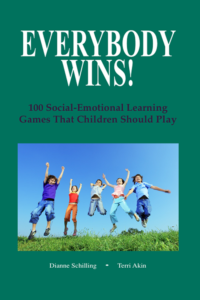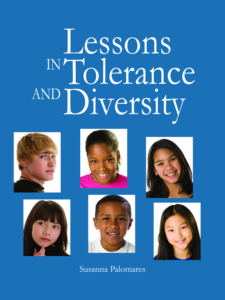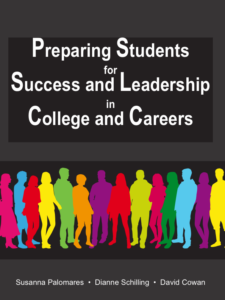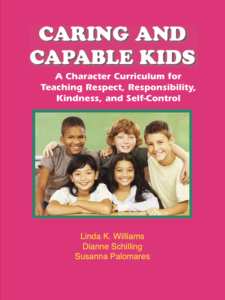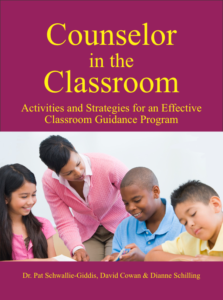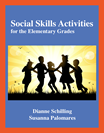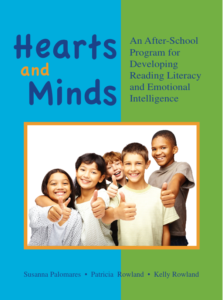
This Sharing Circle topic comes from the grades 3-6 resource book, Hearts and Minds. Your students will explore the impact of the things they do that make others feel good. The topic helps your students see the kinds of words and actions that create good feelings in others. They will also discover how to take credit for kind deeds and become aware of the benefits that acts of kindness produce. The topic for this Sharing Circle is, Something I Did to Make Someone Feel Good…
 Here’s Your Monday Morning Sharing Circle.
Here’s Your Monday Morning Sharing Circle.
Enjoy!
Something I Did to Make Someone Feel Good
Objectives:
The children will:
— identify specific words and actions that create good feelings in others.
— accept credit for good and kind deeds.
— explain how acts of kindness benefit themselves and others.
Introduce the Topic:
Today’s topic is a very broad one that can be discussed in many ways. It is, “Something I Did to Make Someone Feel Good.” You see what I mean? You have probably done hundreds of things to make other people feel good. Just tell us about one.
Maybe you gave someone a flower, a present, or a compliment. Perhaps you hugged a friend who was feeling bad, or offered to relieve a parent of a chore or errand. Telling a joke can make someone feel good. So can telling a person what a good job he or she did, or saying, “I like you” or “I love you.” Describe what you said or did and how you felt inside. The topic is, “Something I Did to Make Someone Feel Good.”
Discussion Questions:
1. How do you feel when you know you’ve made someone feel good?
2. Usually, when a person feels good, everyone who comes in contact with that person benefits. Can you explain how that happens?
3. If everyone in our group tried to make one extra person feel good each day, how would our group benefit?
Do you want more information?
• Leading a Sharing Circle • Sharing Circle Rules
• Books and Resources • Free Activities • Subscribe
Here’s How It’s Done
Gather everyone into a circle.
Explain the rules for sharing, and get agreement from everyone that they will follow the rules.
Sharing Circle Rules:
• Everyone gets a turn to share, including the leader.
• You can skip your turn if you wish.
• Listen to the person who is sharing.
• There are no interruptions, probing, put-downs, or gossip.
• Share the time equally.
After everyone has shared, who wants to share, ask the discussion questions.
Get more in-depth information here.
Just click HERE to open a fully reproducible PDF of this Sharing Circle activity…
If you like our blog resources and would like to receive them regularly, please subscribe here or on our website at www.InnerchoicePublishing.com
Thanks so much for reading!
Susanna
PS: If a friend forwarded this to you, you can just sign up to get your own weekly Innerchoice Counselor Activity Blog.

